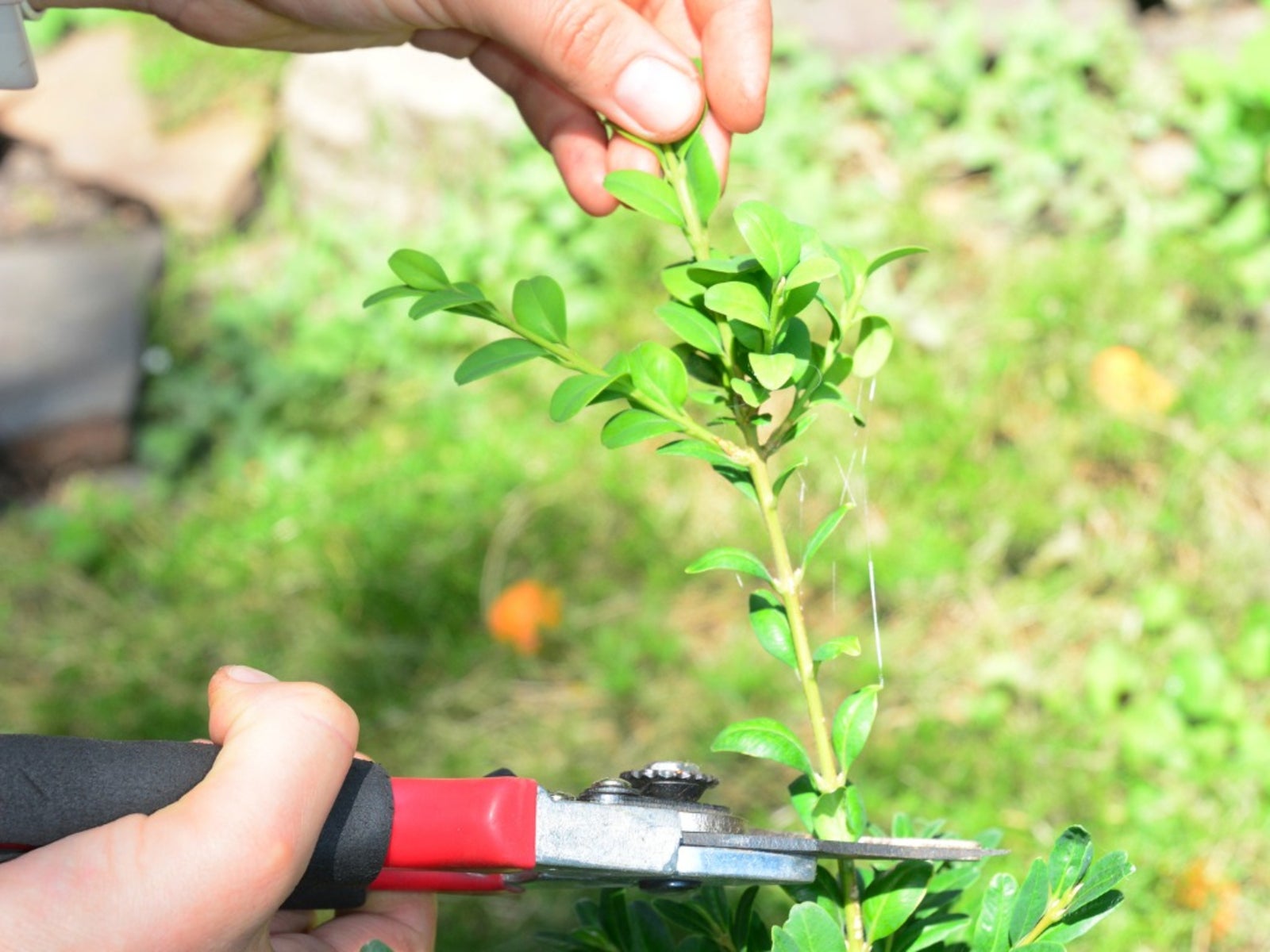Keeping A Mother Plant: Using Stock Plants For Propagation


Who doesn't like free plants? Managing stock plants gives you a ready and healthy supply of new clones to share or just keep for yourself. Using stock plants for propagation gives you an identical cutting or tuber to the mother plant. Keeping a mother plant free of disease ensures healthy offspring and just requires a little know-how to make her thrive and produce generations of fine babies. Choose healthy, superior examples of your preferred species of plant when using stock plants for propagation.
What is a Stock Plant?
Stock plants are healthy specimens of plants you wish to propagate. Their entire purpose is to be the genesis of a new generation of the same kind of plant. Depending upon the variety of plant, stock plants are the source of cuttings, graft material, seeds, bulbs, or tubers. This is why they are often called mother plants. All vegetative plant material that is grown from the stock plant is genetically identical to the parent and is called a clone. Keeping a mother plant healthy and free of disease is as important as it is to keep a gestating mammal in the best shape. Managing stock plants is the most important concern when propagating plants.
How to Maintain Mother Plants
The mother plant must be maintained and in the best of health in order to yield perfect genetic material. Plant stock propagation is most successful if it is done through superior plant specimens. The mother plant should be a premium example of its species and free of disease. It must have all the desirable traits of its species and be healthy and vigorous enough to withstand material donation. The gardener must find out the needs of the plant species and follow them closely so the plant is in the best condition. Finding out how to maintain mother plants is the first step to plant stock propagation. This includes proper lighting, moisture, nutrition, and controlling the growing area to prevent disease and insect vectors.
Using Stock Plants for Propagation
Plants can be propagated from more than just seed. Many perennials can be divided, tubers and bulbs naturalize and produce more of the structures and even stems, leaves, and other plant parts may be rooted. Mother plants grown for their root structure are called rootstock and those grown for grafting onto rootstock are called scions. Stock plants that will have cuttings taken from them need to grow slowly and strongly so the cut material is healthy. Tuber and bulbs form bulblets naturally, which are easy to separate and grow to larger plant storage structures. Some propagation is as easy as just removing a leaf and setting it upon the surface of the soil to root. You need to know the specifics of your type of plant's reproduction and then pursue hearty growth on your specimen.
Sign up for the Gardening Know How newsletter today and receive a free copy of our e-book "How to Grow Delicious Tomatoes".

Bonnie Grant is a professional landscaper with a Certification in Urban Gardening. She has been gardening and writing for 15 years. A former professional chef, she has a passion for edible landscaping.